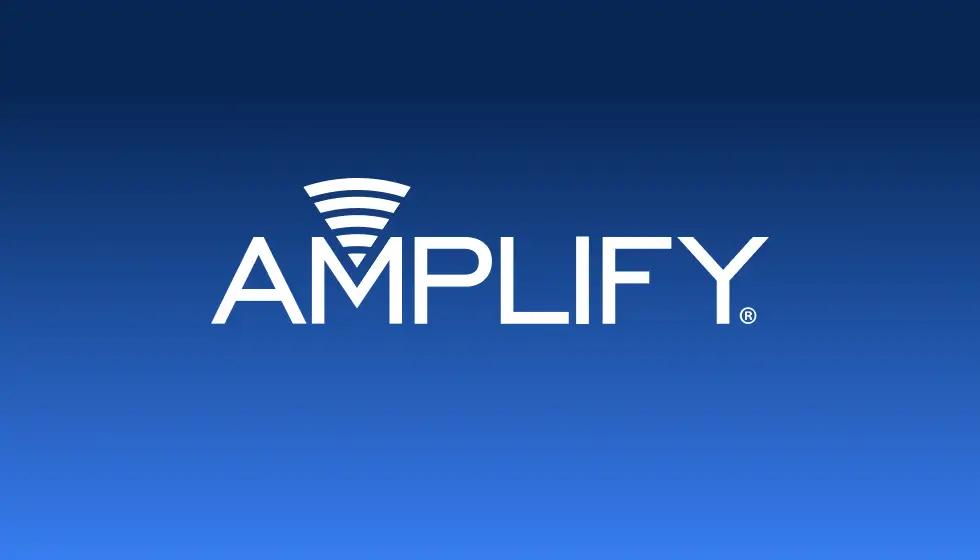
5 Types of Commercial Real Estate Loans

Thinking of buying commercial real estate like office spaces or an apartment complex? You’ll likely need a commercial real estate loan to finance your purchase. There are many loan types available for commercial properties, but choosing the best one for your situation requires research. Here we’ll review the common types of commercial real estate loans and what they mean for you as a borrower.
What is a commercial real estate loan?
As the name suggests, a commercial real estate loan is designed for individuals and businesses purchasing income-producing properties, such as office buildings, retail stores, warehouses, manufacturing facilities, hotels, multi-unit rental buildings, medical facilities, vacant land, housing developments, and apartment buildings.
While the loan includes “real estate” in the title, these types of loans differ significantly from consumer mortgages used to purchase private family homes.
Here are a few key distinctions to be aware of.
Loan Use
Consumer mortgages are typically used to purchase properties that the buyer intends to inhabit, including single-family homes and multi-family dwellings with fewer than five units. In contrast, commercial real estate loans are used for commercial properties that provide the owner with rental income. As we mentioned above, these properties might include office buildings, warehouses, or apartment complexes with five or more units.
Application Process and Requirements
The application process for commercial real estate loans varies by loan types—which include SBA loans, permanent loans, commercial hard money loans, bridge loans, and blanket loans—but as a general rule of thumb, CRE loans have stricter requirements and a longer approval period compared to residential mortgages.
The factors lenders consider when evaluating a commercial real estate loan also differ from those used to assess private mortgages. For commercial mortgages, lenders consider factors such as:
- Your credit score
- Business financials
- Projected income from the property
Additionally, commercial loans typically have lower loan-to-value (LTV) ratios. While lenders may often finance 100% of the purchase price of a consumer home loan, when it comes to commercial loans lenders usually finance around 75% to 80% of the purchase price. They also assess your debt service coverage ratio (DSCR), which measures your ability to repay the loan with existing cash flow.
Loan Term
Unlike standard 15- or 30-year consumer mortgages, commercial real estate loans often have shorter terms, sometimes requiring a balloon payment at the end. Typical loan terms range from five to 20 years, with amortization periods that may extend beyond the loan term itself. Such a structure means the loan payments are calculated as if the loan were being repaid over a longer period than the actual term of the loan.
For example, a commercial loan might have a 10-year term but be amortized over 25 years. This setup allows for lower monthly payments since they are spread out over a longer period, but, since the loan term is shorter than the amortization period, the borrower will still owe a significant balance at the end of the loan term—this is called a balloon payment. To avoid paying this lump sum all at once, many borrowers refinance or restructure their loan before it reaches maturity. While some lenders offer long-term financing options, most commercial borrowers must be prepared to either refinance or pay off the remaining balance when the term ends.
Collateral
Like residential mortgages, commercial property serves as collateral for the loan. However, lenders often require additional security measures depending on the loan type and borrower profile.
In many cases, lenders may require a personal guarantee, meaning the borrower is personally liable for repaying the loan if the business fails. Additionally, lenders may also require liens on other business assets, cash reserves, or a higher down payment to reduce risk. Borrowers should be aware that defaulting on a commercial real estate loan can result in foreclosure and the loss of the property securing the loan.
Types of Commercial Real Estate Loans
Not all commercial loans are created equal. Below are some of the most common types of commercial real estate loans and their features.
1. Permanent Loans
A permanent loan is a first mortgage on commercial property. These loans are typically fixed-rate or variable-rate loans offered by most commercial lenders, and closely resemble residential mortgages but with longer amortization schedules. This loan type is ideal for businesses seeking long-term financing solutions.
2. Bridge Loans
Bridge loans offer short-term financing—typically lasting one year or less—and usually have higher interest rates than permanent loans. These types of loans are primarily used to maintain cash flow while securing long-term financing, refinancing, or improving a commercial property.
3. SBA Loans
The Small Business Administration (SBA) offers two loan programs designed for commercial property financing. While commercial lenders issue these loans, the SBA guarantees a portion of the loan, reducing lender risk.
SBA 7(a) Loans
The SBA 7(a) loan is the most flexible loan type, allowing borrowers to finance commercial real estate along with other business expenses. Qualification is based on factors like business income, credit score, and operational location.
SBA 504 Loans
The SBA 504 loan is specifically designed for purchasing fixed assets like real estate or land. Some of these requirements include qualifying as a small business, having management experience, and a feasible business plan. Unlike SBA 7(a) loans which are funded entirely through private lenders, 504 loans are issued through Certified Development Companies (CDCs), as well as private lenders. Typically, a private lender funds 50% of the project, while the CDC finances up to 40%. The borrower provides the remaining 10%. The CDC will coordinate and structure the exact financing plan.
4. Commercial Hard Money Loans
Commercial hard money loans are issued by private lenders rather than traditional financial institutions. Approval is primarily based on property value rather than borrower creditworthiness. As a result, the approval process for this type of loan is generally easy, but the interest rate is typically much higher than that of a permanent loan. On top of that, you’ll have to repay the money in a short amount of time, usually between one to five years. This type of loan isn’t for everyone and is usually sought out by investors needing quick financing.
5. Blanket Loans
A blanket loan covers multiple properties under one loan agreement. This simplifies the financing process for investors acquiring multiple properties. However, it also carries risks—since all properties are collateral, financial trouble with one could affect the entire portfolio.
Finding the Right Loan for Your Business
Understanding the different types of commercial real estate loans is crucial for securing the right financing. If you’re unsure which loan type best fits your needs, a commercial lender can help you navigate your options, whether you need a long-term fixed-rate loan or a short-term interest-only loan. No matter your financing goals, researching commercial loan options will help you make the best choice for your business and investment strategy.
This article was first published on June 7th, 2021.
Looking for a commercial real estate loan?
Amplify’s commercial lending team can help you find the right loan for your business!



